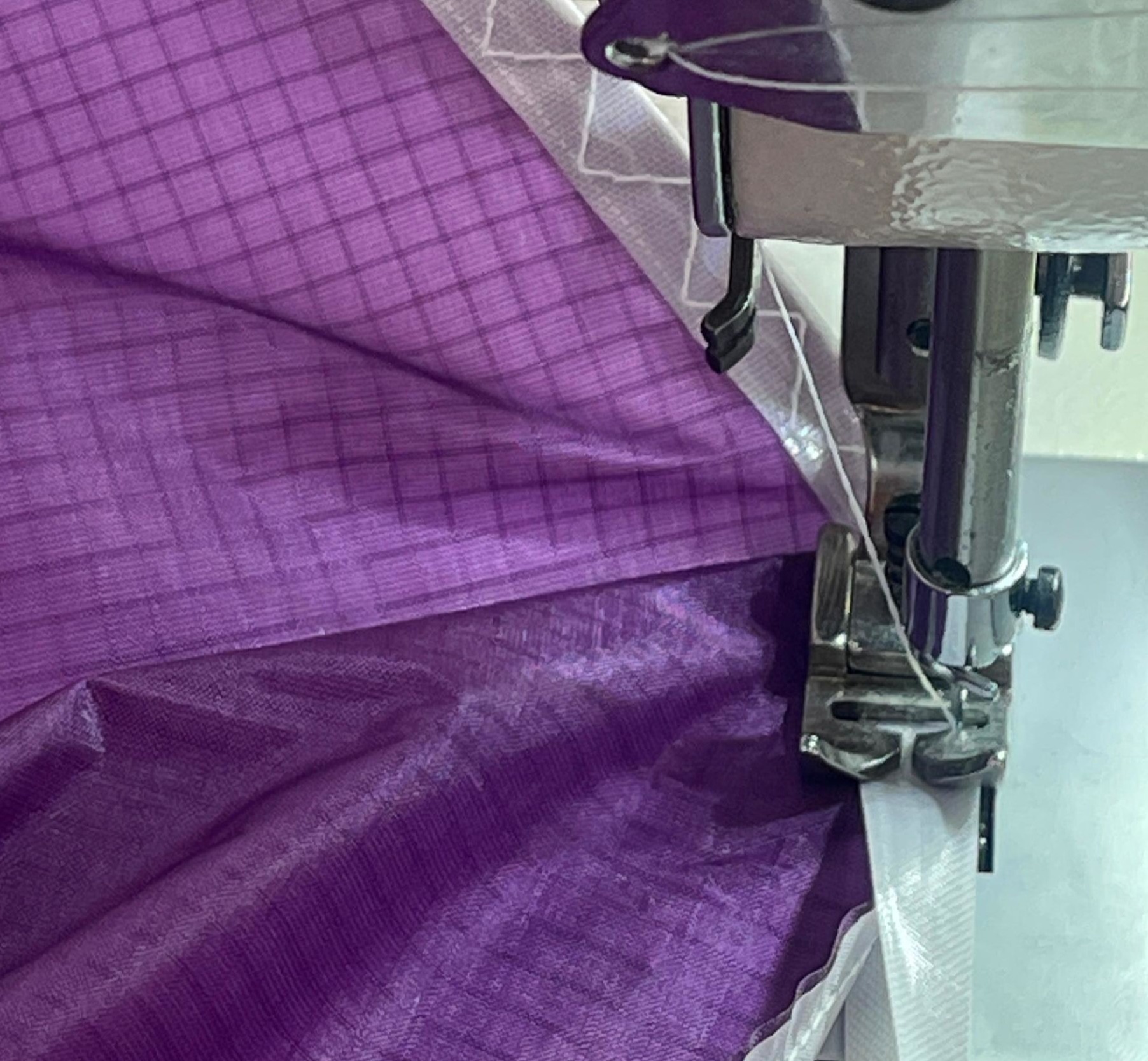
The Essential Guide to Paraglider Servicing Intervals and Maintenance
A paraglider is a pilot's lifeline in the sky, and like any high-performance equipment, it requires regular care and maintenance to ensure safety and optimal performance. Understanding when and how often to inspect your canopy, lines, and equipment is crucial.
This article outlines the recommended servicing intervals, signs your paraglider needs retrimming, and situations where fabric porosity and line testing are essential.
General Servicing Intervals for Paragliders
The recommended servicing schedule for a paraglider depends on usage frequency, flying conditions, and the manufacturer’s guidelines. For example, Dyneema and Vectran lines settle in their length after 20 to 40 hours. Dyneema lines usually shrink during this time but this happens unevenly. High-loaded As and Bs shrink less while the less loaded lines tend to shrink more.
For these reasons, many manufacturers do ask for a line measurement after the first 20 hours for gliders fitted with Dyneema or Vectran lines.
However, a general rule of thumb is:
1. First Inspection
After the first 100 flight hours or one year—whichever comes first. This initial check ensures early detection of any issues.
2. Regular Inspections
Depending on usage and conditions, it should be every 100–200 flight hours or every 12–24 months. Frequent flyers in harsh environments should opt for shorter intervals.
3. Pre-Flight Checks
A quick inspection before every flight. Look for visible damage to the canopy, lines, and risers.
4. Post-Incident Checks
A detailed inspection is mandatory after any hard landing, tree landing, water immersion, or significant weather exposure.
Inspecting Canopy, Lines, and Equipment
1. Canopy
Look for small tears, worn seams, or delamination of the coating. UV exposure degrades fabric over time, reducing strength and porosity. Regular porosity testing is necessary to ensure the canopy retains enough air to maintain aerodynamic performance.
2. Lines
Check for fraying, knots, or broken fibers. Lines stretch or shrink with time, affecting wing trim and flight characteristics. A line strength test every 200 hours or after noticeable changes in handling is recommended.
3. Risers and Harness
Inspect webbing, stitching, and buckles for signs of wear or damage. Pay attention to any metal hardware for corrosion or deformation.
Signs Your Paraglider Needs Retrimming
Paraglider trimming involves adjusting line lengths to restore the wing's original geometry. Over time, lines can shrink, stretch, or wear unevenly, affecting flight performance. Here are some signs your glider may need retrimming:
• Difficulty Launching
The glider feels sluggish or uneven during inflation.
• Increased Stall Risk
The wing stalls more easily or exhibits poor energy retention.
• Directional Instability
The glider pulls to one side or feels asymmetrical in flight.
• Reduced Speed Range
Difficulty achieving top speed or unexpected slow flight.
If you notice any of these issues, schedule a professional inspection and retrim.
When to Test for Porosity and Line Strength
Certain conditions and incidents necessitate additional testing:
1. UV Exposure
Prolonged exposure to sunlight degrades canopy fabric. If your glider has been flown frequently in sunny environments, a porosity test is vital to assess air retention.
2. Water Immersion
A glider that has been submerged in water—whether from a lake or sea—requires immediate inspection. Water weakens fabric coatings and line integrity.
3. Tree or Hard Landings
Impact can cause hidden damage to lines and fabric. A thorough post-incident inspection is crucial.
4. Age
As gliders age, their materials naturally degrade. Even if flight hours are low, older gliders (5+ years) should undergo regular porosity and strength testing.
Conclusion
Regular servicing and maintenance of your paraglider are vital for safe and enjoyable flying. Following recommended inspection intervals, addressing signs of wear, and testing for porosity and line strength in specific conditions ensure your wing remains airworthy and reliable.
By staying proactive about your equipment's health, you can soar confidently through the skies.
Fly safe, and happy gliding!
